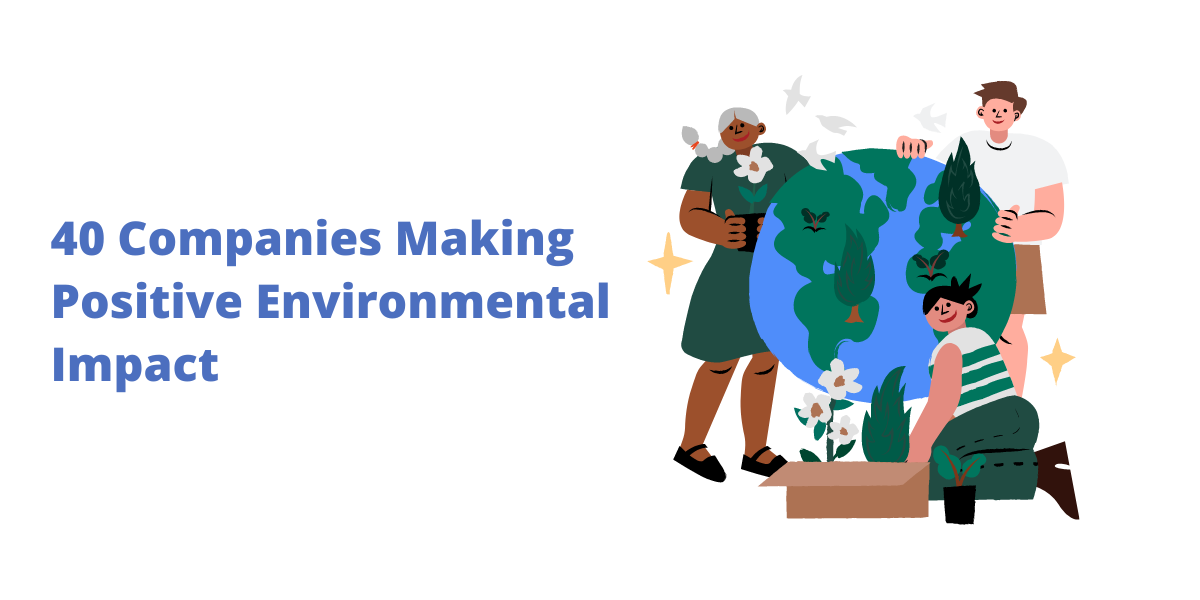Below is an article originally written by Jeni Mundy, Global Head Merchant Sales & Acquiring. Go to Visa's company page on PowerToFly to see their open positions and learn more.
From Machu Picchu to Mount Fuji, more travel hotspots are looking for new ways to manage peak tourist flows.
While tourism can bring many economic benefits to local communities and help bridge cultural divides, over-tourism can negatively impact national parks, beaches and historical sites around the world when not managed sustainably. Over-tourism can damage fragile ecosystems, overwhelm local economies and push out local populations.
According to research conducted by the Visa Economic Empowerment Institute and Oxford Economics in the Accelerating Sustainable Tourism report, many consumers are aware of sustainable travel and are willing to shift their behaviors to avoid the negative consequences of over-tourism, but they’re not sure how: 41 percent of respondents say they feel they lack information about sustainable travel options, and 36 percent feel that available information isn’t credible. The perceived high cost of sustainable travel was the top barrier reported.
By working together, the public and private sector can help make sustainable travel more accessible for tourists while keeping our most beloved travel destinations healthy and prosperous. Here’s how.
Collect, use and share travel data.
There’s still a lack of clarity about what constitutes a "sustainable" travel choice, which contributes to consumer confusion. Public and private sectors can take steps to develop a consistent framework for measuring sustainability performance, and agree on parameters about how to collect and use data to set targets, monitor trends and gauge progress. Visa’s global processing network offers powerful insights into consumer travel patterns and choices. For example, Lake Tahoe, a popular ski destination at the California/Nevada border, uses Visa Destination Insights to manage overcrowding and seasonal lulls and be more strategic in its marketing efforts. Intelligence-based technologies from the private sector can help local authorities sustainably manage their attractions, but an agreed-upon framework comes first.
Make sustainable options better.
Taking a taxi from an airport rather than public transit might be convenient, but it’s not always affordable or sustainable. Walkable streets, bike lanes, bus lines and effective railway systems are ways policymakers can decrease travelers’ reliance on carbon-intensive single occupancy vehicles. Steps to make public transit more desirable range from posting signs in multiple languages to adopting contactless, open-loop payment systems, which have proven to increase ridership due to ease and speed.1 Customized trip-planning apps and technology can also help tourists locate the fastest or most sustainable way to get around town.
Encourage off-season travel.
Some famous landmarks like Muir Woods in the San Francisco Bay Area are capping the number of daily visitors to their sites while some coastal cities are closing ports to mega cruises to mitigate the impacts of over-tourism. Some countries in Europe and parts of Asia like Thailand, Japan and Bali are implementing tourism taxes to help support local communities and combat over-tourism too. Imposing reasonable limits on the number of visitors, promoting off-season travel and introducing dynamic pricing can help the world’s most popular attractions limit the negative impacts of over-tourism.
Shrink the say-do gap.
Visa research confirmed that a significant contributor to the “say-do” gap — when tourists say that they want to behave more sustainably but fail to do so — is informational barriers. These include both informational gaps (a lack of accessible information) and credibility gaps (when information is available but not trusted). Public and private sectors can help ensure that consumers have easy access to credible information about sustainable choices. For example, Visa Eco Benefits helps issuers provide sustainability benefits to cardholders so they understand the environmental impact of their spending — and Travalyst, a global sustainable travel initiative that gives consumers consistent and visible sustainability information, starting with accommodations and aviation, can help consumers make better informed decisions. Rewarding sustainable choices and helping cardholders understand their impact on travel destinations can encourage consumers to shop and travel more sustainably, ultimately helping to narrow the say-do-gap.




